Snow Trillium
Chalet Nivale
Chalet Nivale. A 107-acre preserve located in Adams County, Ohio. This preserve is an outstanding botanical site showcasing plants adapted to its alkaline bedrock and soils, some of which are quite rare. The dolomite bedrock creates a compelling karst-country landscape of cliffs, springs, seeps, grottos, and sinkholes. The trails meander through the moist, shaded hollows carved out by two crystal-clear streams that have sculpted the bedrock into mossy slump blocks, intriguing outcrops, and vertical cliffs.
Hiking: Sunrise to Sunset
Address: 1272 Bacon Flat Rd, Peebles, OH 45660
Download and Go! - Hiking Guide and More Information
A dog owner's guide to hiking the Arc of Appalachia

Anglepod - a climbing milkweed that is also called milk vine
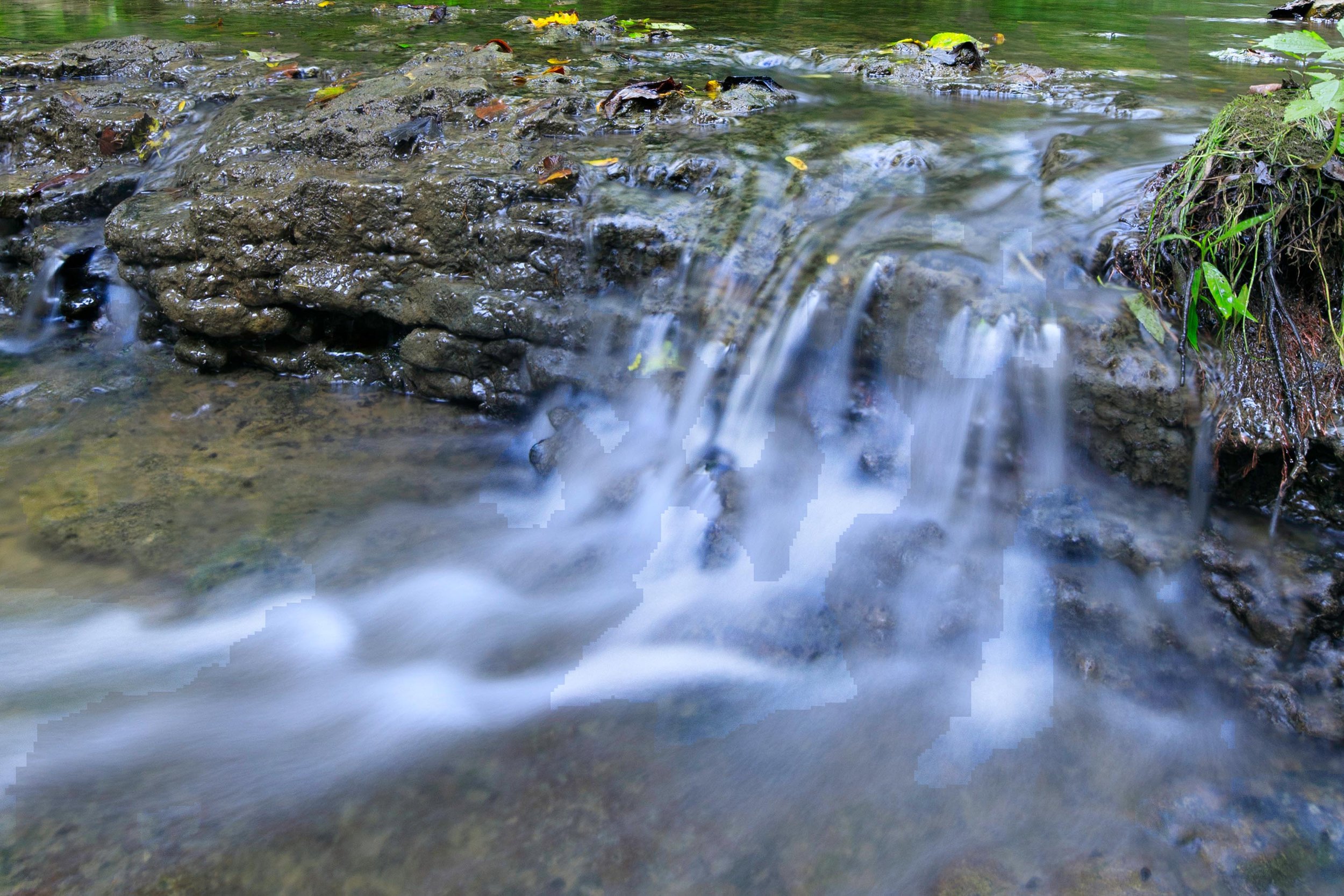
Two streams flow through the preserve, both exceptionally clean - Photo by Brian Prose
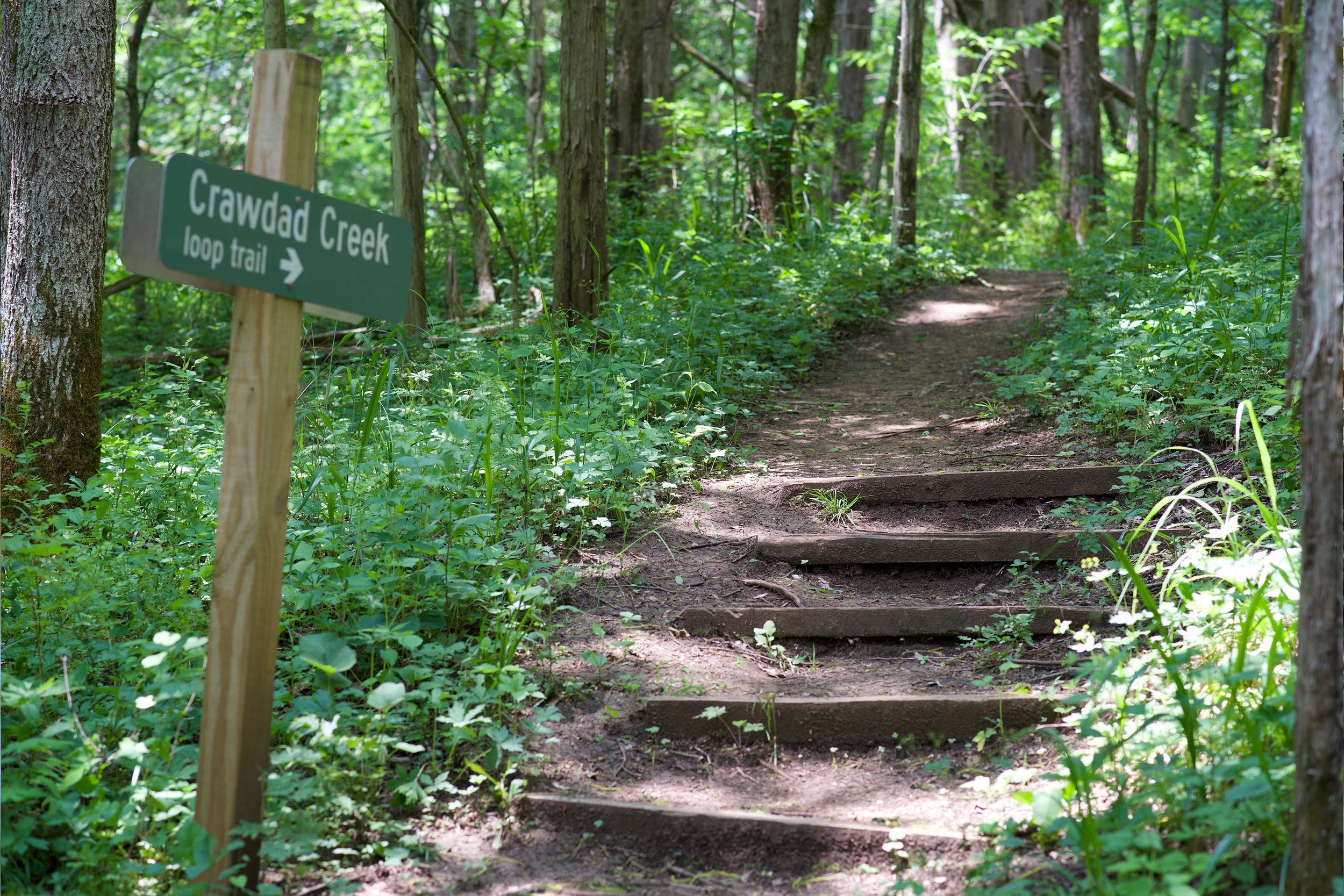
Chalet Nivale features three hiking trails - Photo by Roy Willman
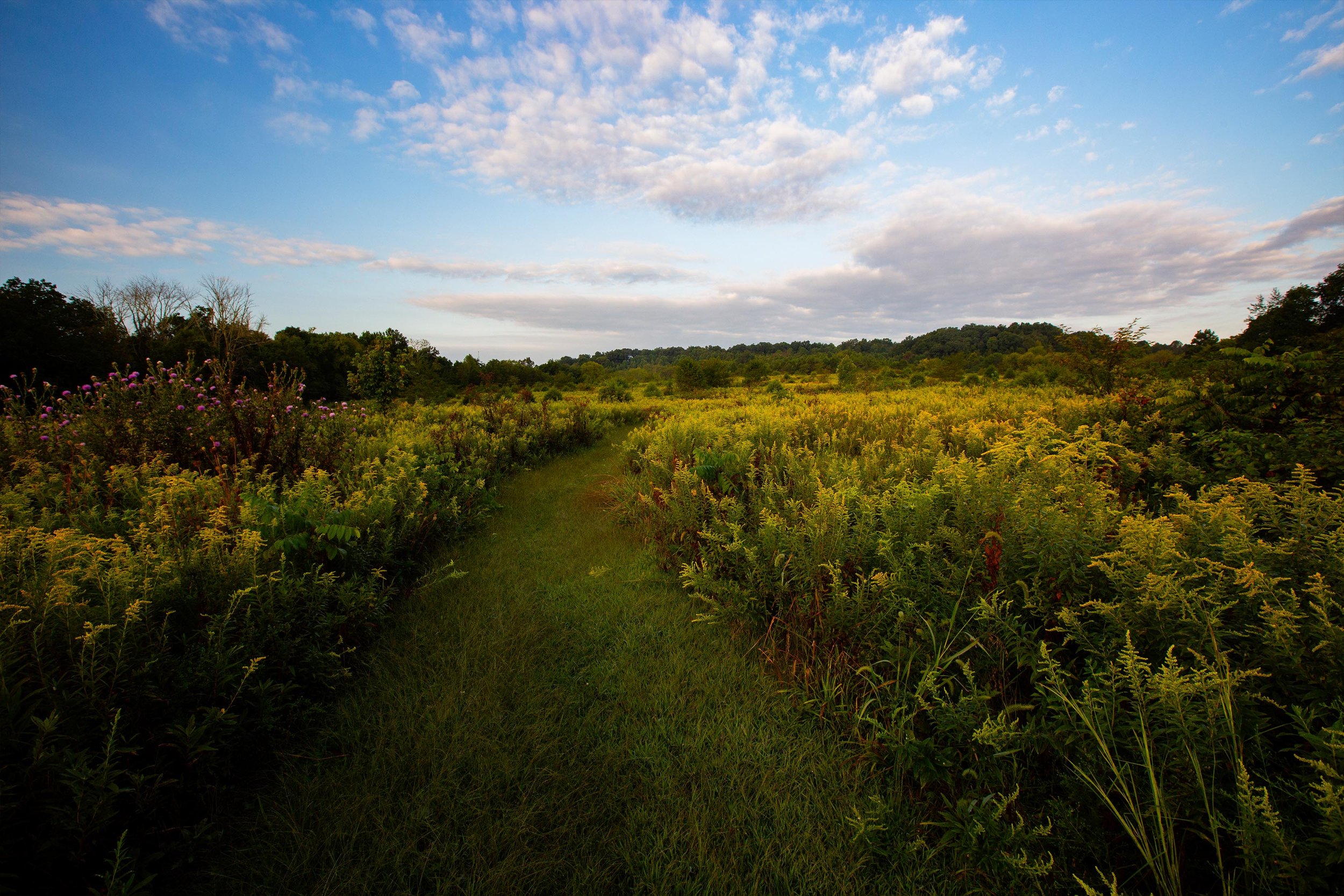
Golden Meadows Trail - Photo by Brian Prose

Chalet Nivale is known for its unusually large colonies of the rare snow trillium
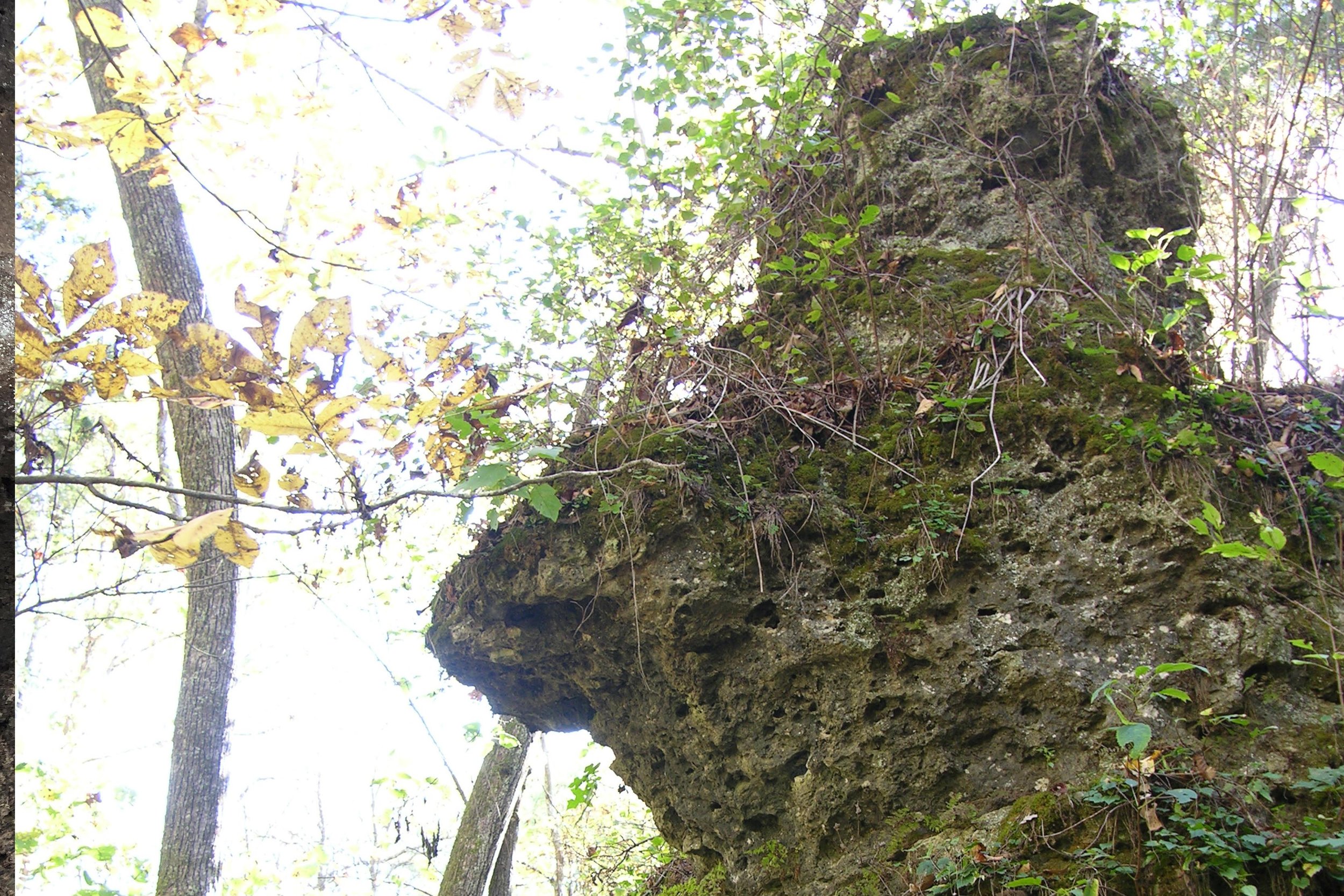
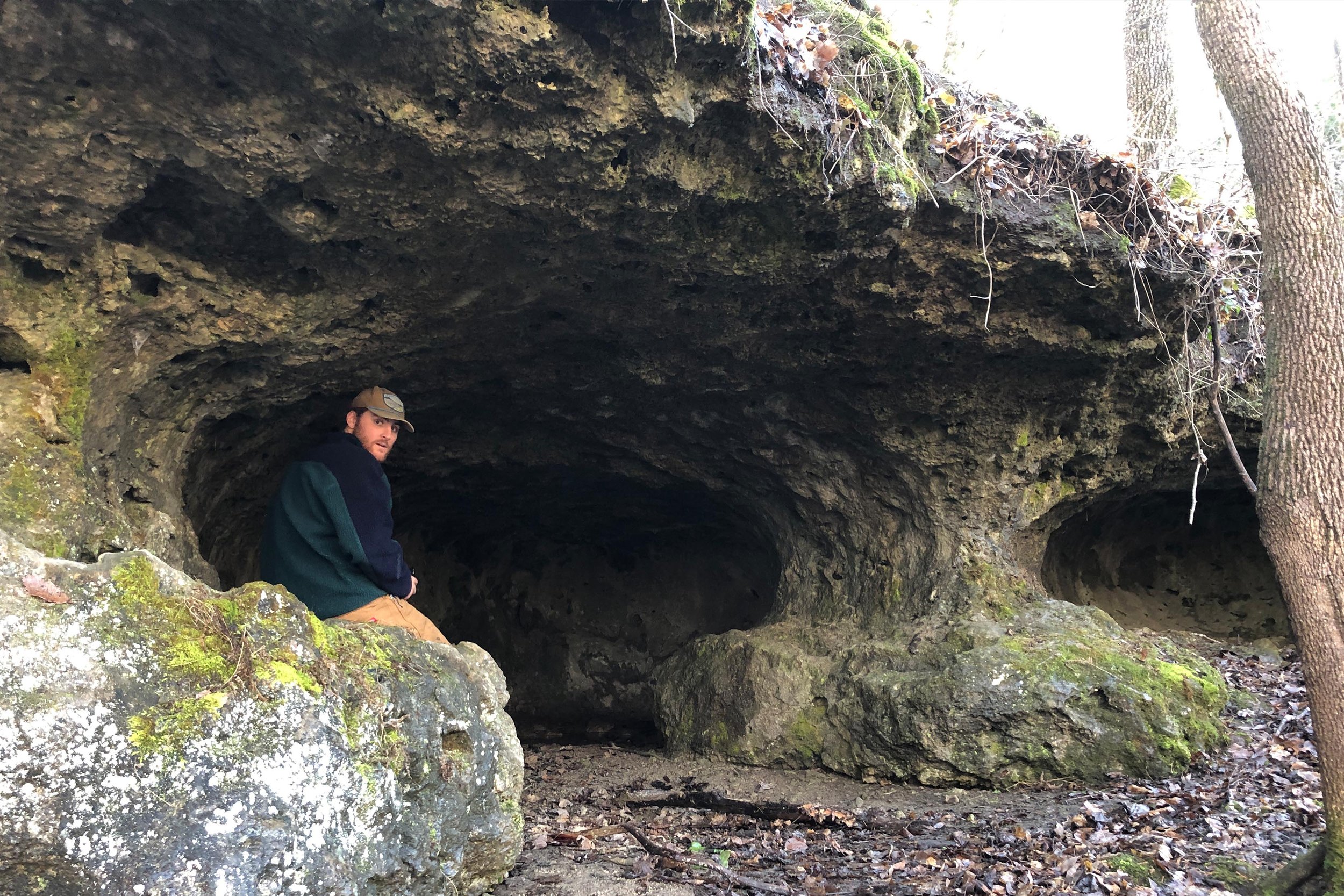
Photo by Tim Pohlar
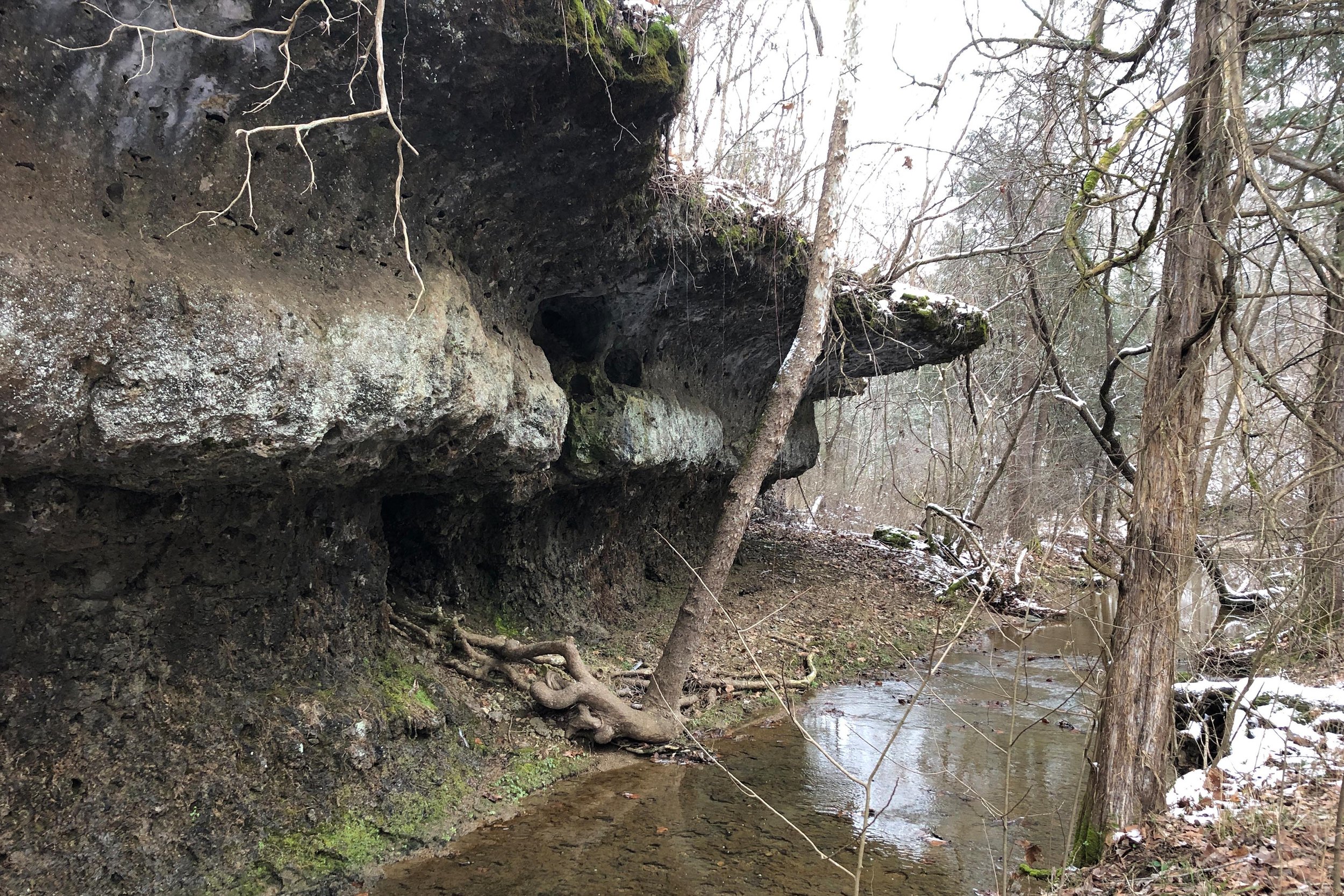
Photo by Tim Pohlar
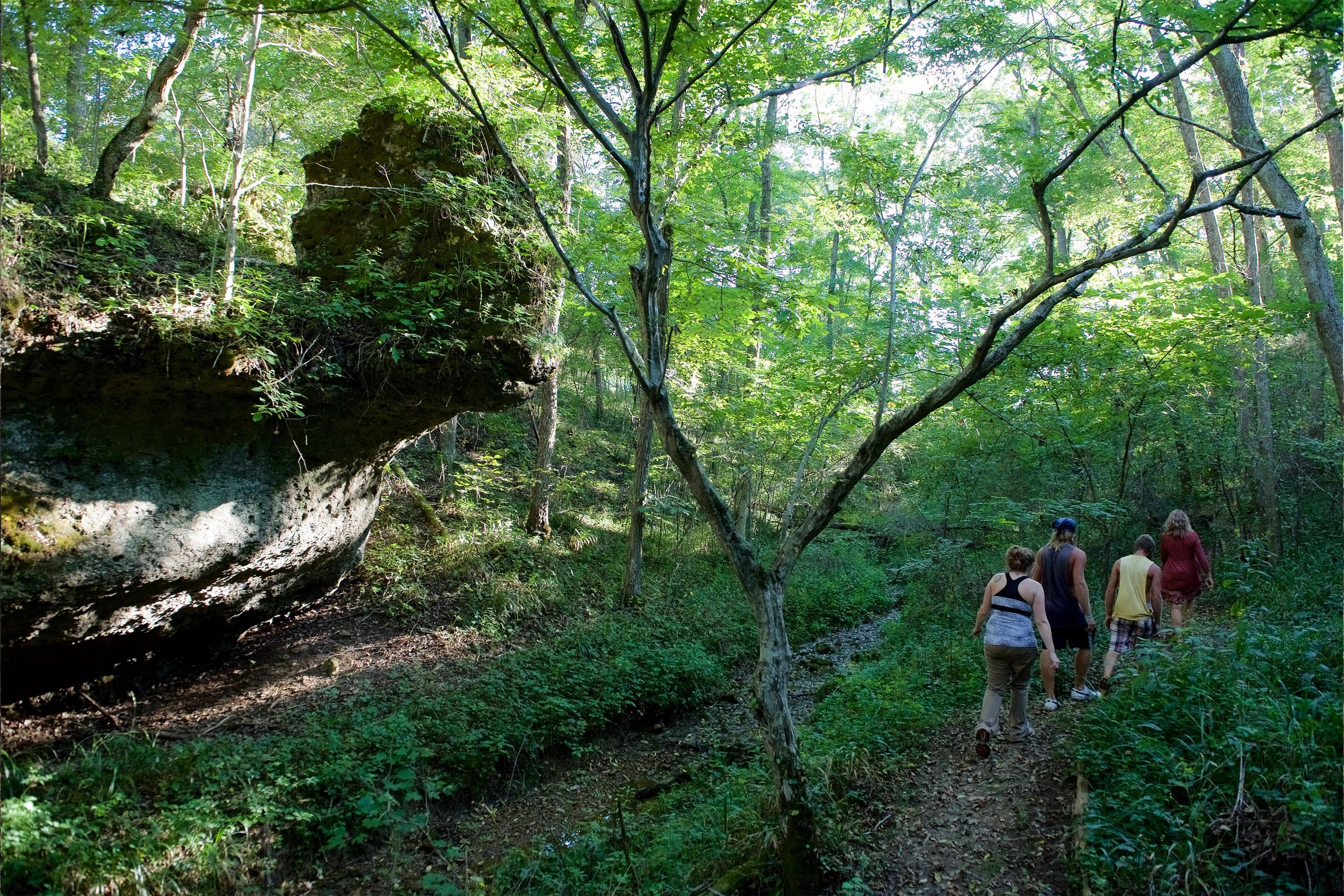
Photo by Roy Willman
Chalet Nivale is karst country. The dolomite bedrock of 107-acre Chalet Nivale creates a compelling karst-country landscape of cliffs, springs, seeps, grottos, and sinkholes. The bedrock is dolomite, a type of limestone that has high concentrations of both calcium and magnesium. These minerals tint the preserve’s crystal clear waters a lovely faint blue. Like most soils derived from limestone, those at Chalet Nivale tend to be thin, powdery, and alkaline, supporting a unique and very rich assemblage of plants.
Alkaline-loving plants: The woodlands at Chalet Nivale are a sheltered forest-type called “mixed mesophytic,” which is typical of Appalachian coves. The plant community is known for having a high tree species count without any one genus or species being particularly dominant. Several woody species at Chalet Nivale are especially adapted to alkaline soils, such as chinquapin oak, leatherwood, and white cedar. The ancient white cedars clinging to the rim of the cliffs are isolated hundreds of miles south of their primary range in Canada.
Deep in the gorge, plant life is exceptionally lush with plants that are dependent upon karst habitats. Rare ferns, including smooth cliffbrake, cling to the vertical rock walls, liverworts cover the rocks, and mosses carpet every fallen log. Chalet Nivale supports unusually large colonies of the rare snow trillium, Trillium nivale, found on exposed bedrock and in the gravelly bottomlands. This species’s name for the world’s smallest trillium contributes “nivale” to the preserve’s name. Snow trillium is the first wildflower to emerge in spring and is often found in a late winter snowfall. Another rare spring wildflower at Chalet Nivale is Walter’s violet, the smallest violet in the eastern United States. Look for it on the thin soils of limestone bluff outcrops and fallen boulders.
Because the soils at Chalet Nivale are so poor, with an approximate twelve foot rise In ground elevation above the sheltered waterways the soil can become severely dry. In these slightly higher elevations, the understory harbors a few distinct species from a very rare prairie ecosystem known as Cedar Barrens. In Ohio, Cedar Barrens are found only in Adams County. Here at Chalet Nivale be on the lookout for such uncommon woodland prairie plants as anglepod (a climbing milkweed that is also called milk vine) and tall larkspur.
Ohio’s cleanest streams: Both of Chalet Nivales’s headwater streams drain into the Scioto Brush Creek watershed. When tested several years ago, one stream actually earned a perfect Biotic Integrity Index Score (practically unheard of), and the second stream scored almost as high. Such stellar rankings meant that for their size, both streams possessed a high diversity of fish species, exceptionally clean water, and a high production of aquatic insects and invertebrates which fuels the richness of the aquatic ecosystem. Unfortunately in more recent years, quarrying without the use of best practices has been occurring in the drainage of Crawdad Creek, causing severe sedimentation into what used to be a crystal clear stream. We are actively working with the neighboring business and Ohio EPA to seek to remedy this negative impact.
Preserve history: In the decades preceding the 21st century, Ohio botanists raved about their beloved botanical hotspot on Bacon Flat Road in Adams County. When a log home was built on the site in the 1980s, it was presumed to be the end of their treasured botanical site. However, in 2004, the Arc of Appalachia had a chance to buy two tracts in the cove totaling a mere fifteen acres which included the house. In 2008, the Arc purchased a third 90-acre tract that had recently been logged and grazed by cattle but contained most of the present day preserve’s stream corridors. Arc staff and volunteers continue to remove heavy incursions of invasive plants in this parcel’s highly disturbed soils, and the outcome of such work is exceptionally gratifying. Already a bounty of native wildflowers has reappeared in the parcel. The preserve’s vacant log home will be dismantled in the near future to restore the preserve’s wilderness ambiance, yet the preserve’s name will continue.


